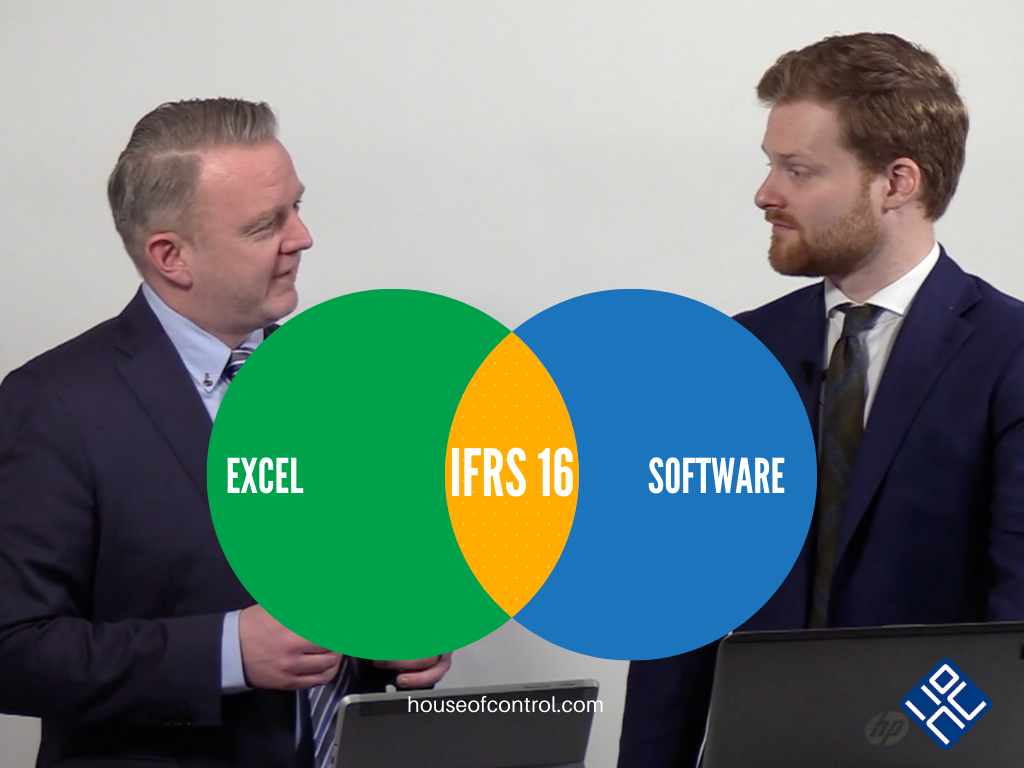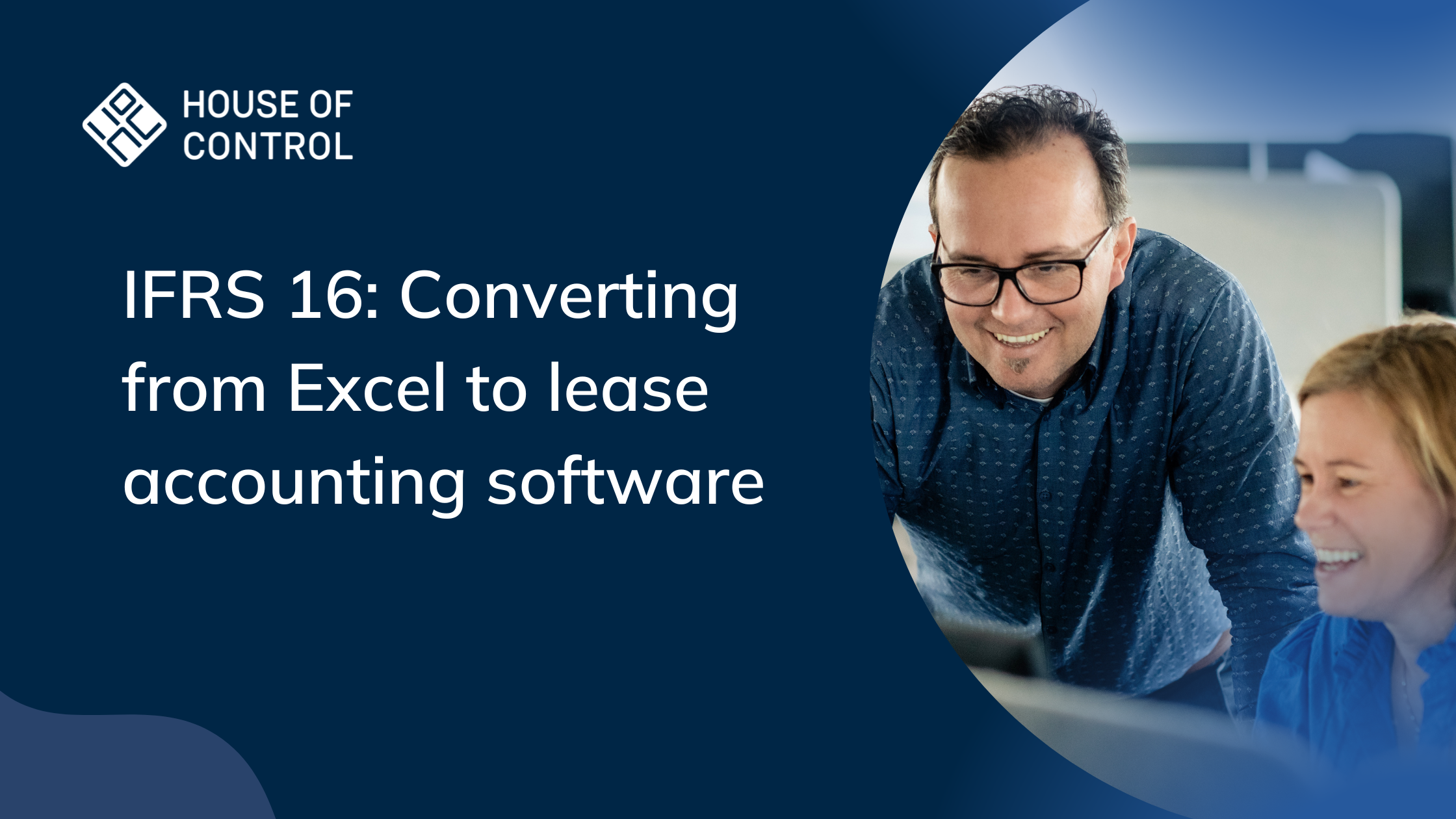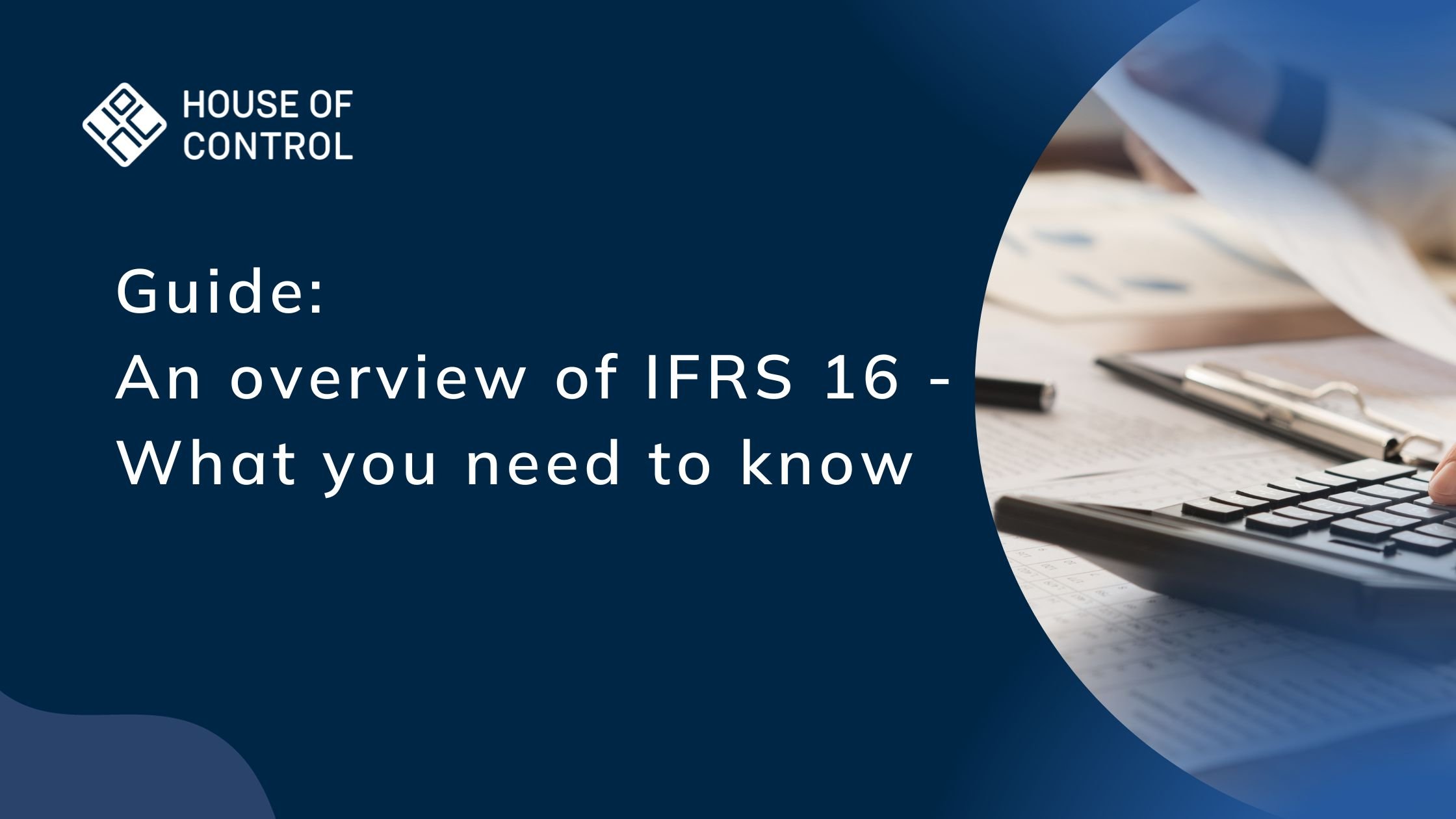Eight key IFRS 16 questions you need to answer
Have you resolved the theoretical, practical and commercial challenges involved in IFRS 16, the accounting standard for leases? The IFRS 16 standard entered into force on 1 January 2019.

One of the requirements of IFRS 16 is that all future lease obligations must be recognized in the balance sheet. Under this model, the lessee recognizes a financial obligation to make lease payments, along with an accompanying right to use the underlying asset.
The rules remove almost all the lessee’s opportunities to avoid recognizing leases in the balance sheet. As a result, many common key financial ratios, such as debt ratios and EBITDA, are being redefined. Consequently, IFRS 16 entails a significant change from the current standard concerning how lessees account for leases.
As a lessee, you will also have to adapt your systems and processes to the new standard. With almost all leases having to be recognized in the balance sheet, much more data about each lease will have to be obtained. This will involve more departments than just Finance. You must also ensure that you have the necessary internal processes in place in order to obtain the necessary information to stay compliant.
Here is a checklist that may be useful when assessing the work that needs to be done
1. What functionality does the company’s ERP system have with regard to IFRS 16?
The Enterprise Resource Planning (ERP) is the backbone of digital tools used by the finance department. When ERP is used at its best, financial data is linked together with data from systems for production, e-commerce, payroll, HRM and CRM.
However, ERP is less frequently connected to enterprise contract lifecycle management software. IFRS 16 leases are first and foremost contracts, and they come with a range of non-financial terms. Just think about an office rent agreement.
A few ERP systems do have functionality to handle the financial terms of a lease agreement. However, because ERP is not for contract management, there will still be a lot of manual work involved in registering contracts and lease payments. We have written this article on why lease accounting software should coexist with the ERP.
2. Have you resolved the practical challenges involved in collating all the data about the company’s leases?
The part of departure when solving the company’s IFRS 16 challenges, is to gain a full overview of all leasing contracts throughout the company. When all leases are mapped you can determine which are “IFRS 16 leases”. In this article we have gathered six practical tips on how to comply.
Do you have a complete overview? Are all terms updated? When do they expire? What options are included? These are just a few questions with answers that impact IFRS 16 reporting. Completeness is a process that never ends – at least when it comes to IFRS 16 leases.
3. Do you have a suitable central solution for administering the leases?
What if lease accounting was more about contract management and less about compliance? For example, let's assume that all teams in your company register contracts on the same platform, including entering the economic meta data necessary to calculate IFRS 16. Using this input, your finance team can much more easily do the IFRS 16 work.
House of Control’s unique IFRS 16 compliance software is built upon contract management software. One of our customers says: “Centralizing and standardizing contract management is really meaningful when you are doing business in 15 countries worldwide. Office rent, cars and office machines make up the majority of IFRS 16 leases in our company.”
4. Is this a platform where you can manage and monitor the leases in a commercially effective manner?
Leases are live contracts. They have beginnings and ends. They have options and other conditions that may change. First, you must map all contracts and determine the lease payments. For each contract you need to find the lease term and find the right discount rate. That’s before you calculate the present value of the lease payments – again for each and every contract.
So, how do you keep them updated? Centralizing lease management is step one. The next steps should be about how you can actively monitor and alter IFRS 16 contracts. Our customers tell us that at the moment you pass 15 contracts, you need more than spreadsheets (Excel) to handle lease accounting in a commercially effective manner.
5. Do you have a solution that registers all the relevant financial data required to perform all the accounting calculations?
Finance professionals love Excel, and rightly so, but contract management and lease accounting demand solutions more fit for purpose. CPI adjustments, changes in the scope of contracts, document management, termination and expiration, dependency on key personnel. These are just some of the shortcomings of spreadsheets as compared to more sophisticated solutions. We have written more about this in another article.
6. How will you arrive at the estimates that will form the basis for calculating the lease obligations and the value of the right of use? What data and methods will you use? What discount rate will you apply?
Practical IFRS 16 includes a lot of different steps. These include: Reconciliation of ERP against input from other sources. Reviewing and updating the discount rate. Reconciliation of changes before reporting. Reassessing and categorizing contracts. Documentation for the auditor in the annual accounts. A good IFRS 16 tool is half the job, but the tasks and duties themselves can be both time-consuming and professionally challenging.
7. Will the company’s loan terms be changed when the lease obligations are recognized in the balance sheet?
Often, loan terms are connected to covenants, including EBITDA requirements. IFRS 16 impacts EBITDA, as we have described in this article. If your company is in the early days of reporting on IFRS, we can recommend this article on the lessons we learned when converting to IFRS.
8. Similarly, how will this affect bonus and remuneration schemes, acquisition decisions and the company’s ability to pay dividends?
IFRS 16 impacts EBITDA, as we have described. This in turn can affect bonus bonus and remuneration schemes, and acquisition decisions.
Fortunately, quick and reliable answers can be found to most of these questions. House of Control’s IFRS 16 solution can be used independently of the company’s ERP/accounting system. It covers all relevant conditions, such as transitional rules, disclosure requirements, right-of-use calculations, lease obligations and lease payments.
Would you look to have a closer look at our IFRS 16 software?





